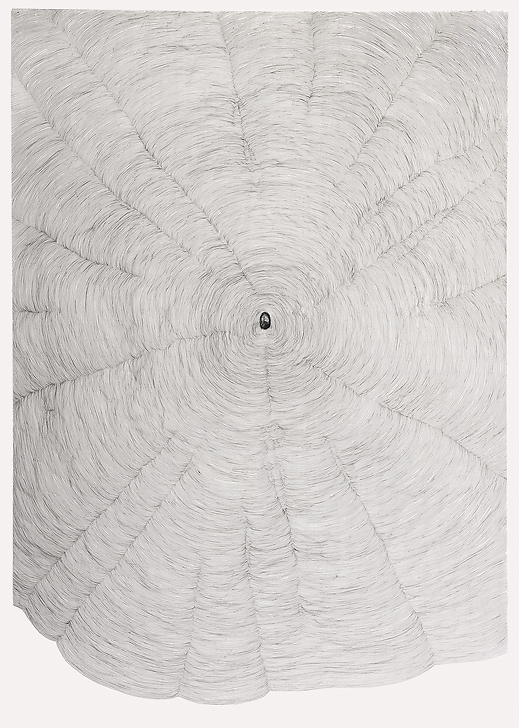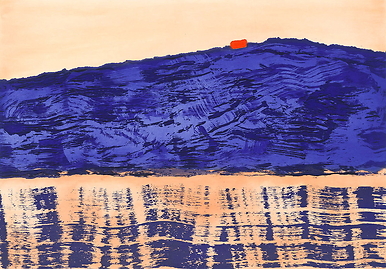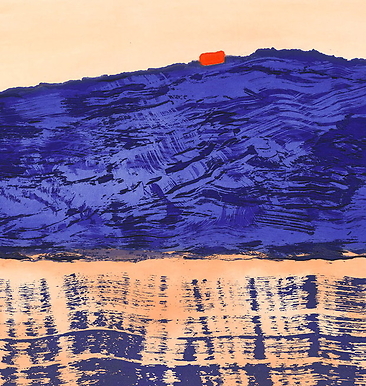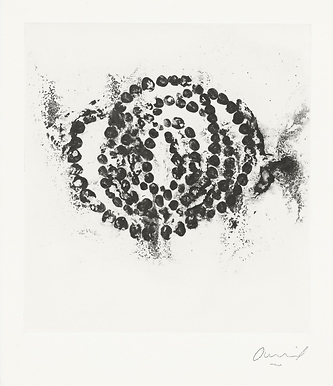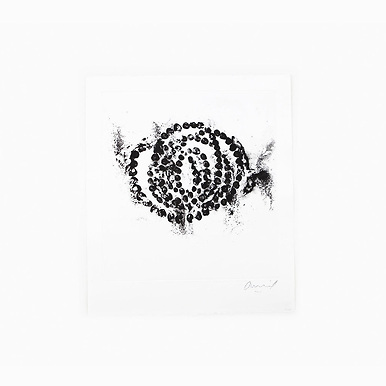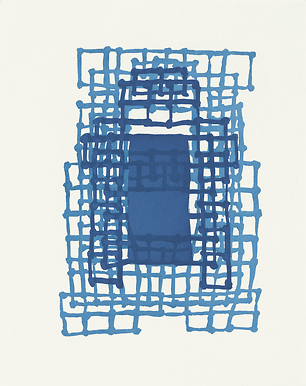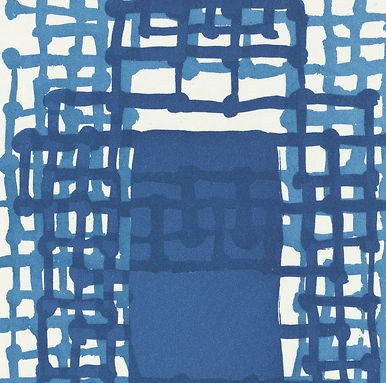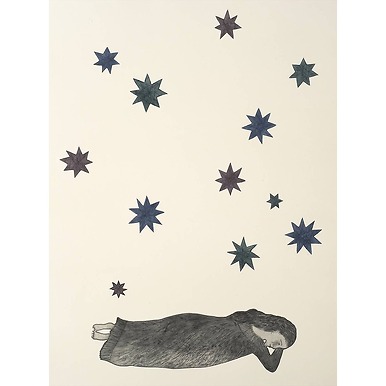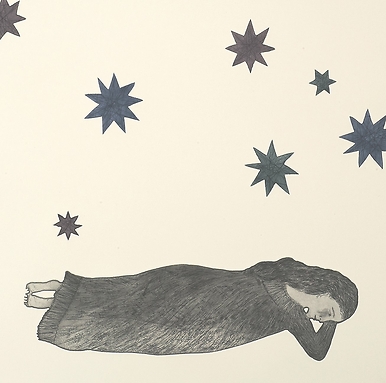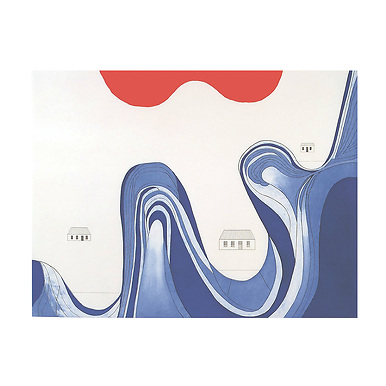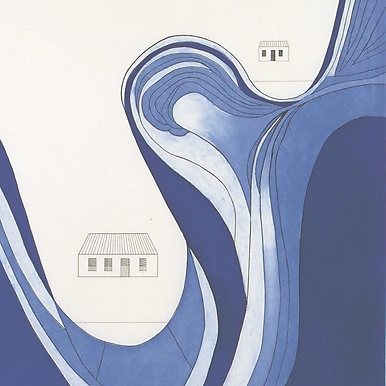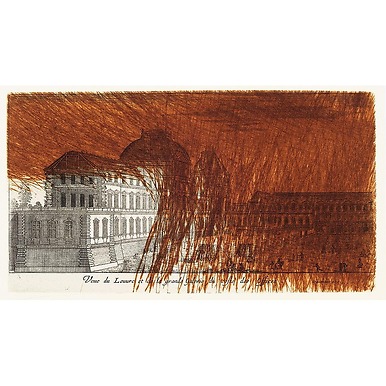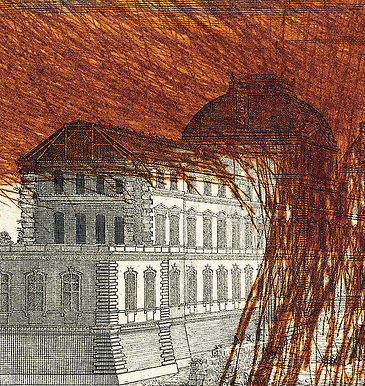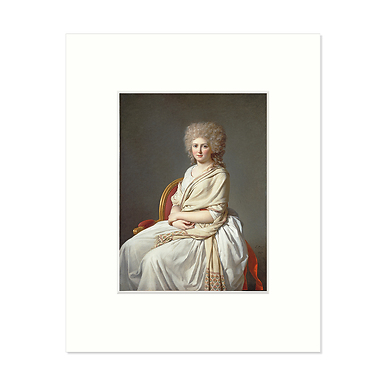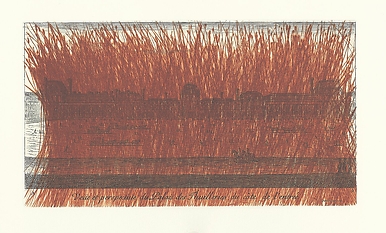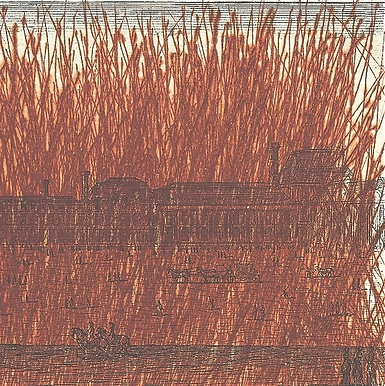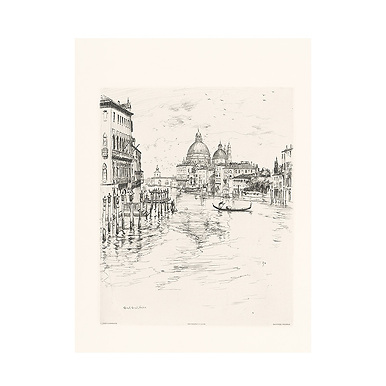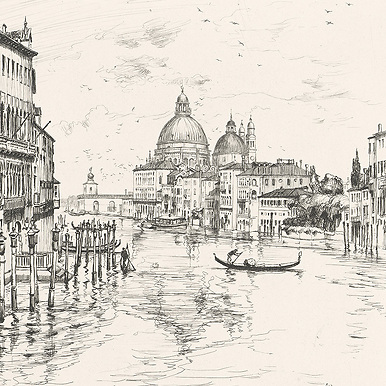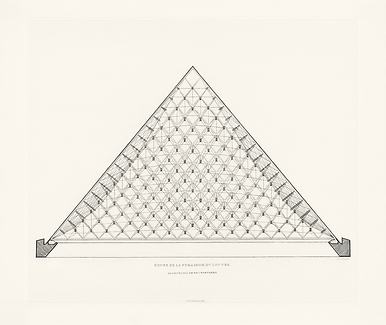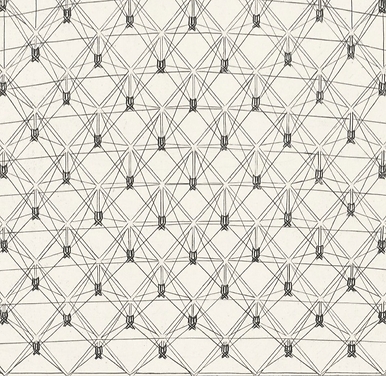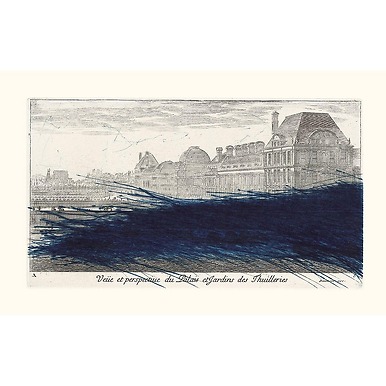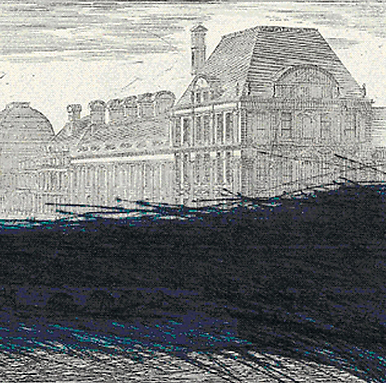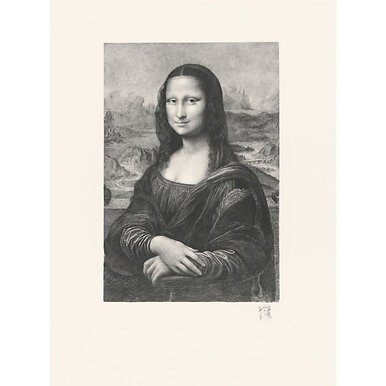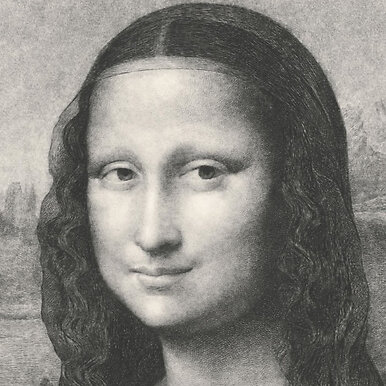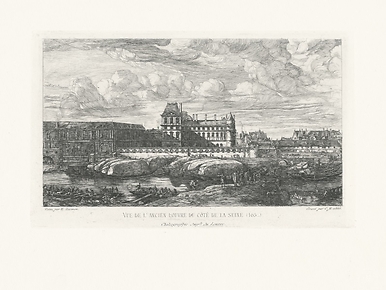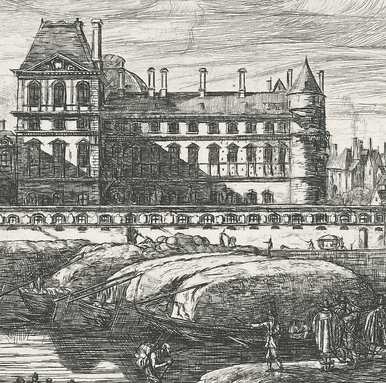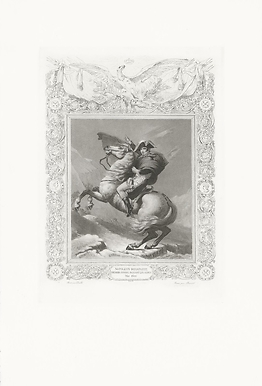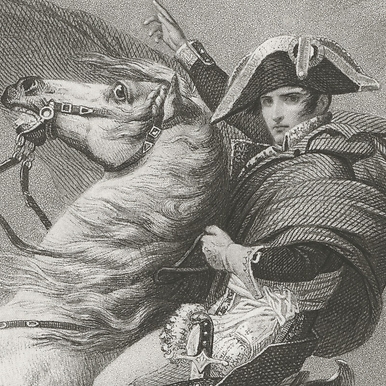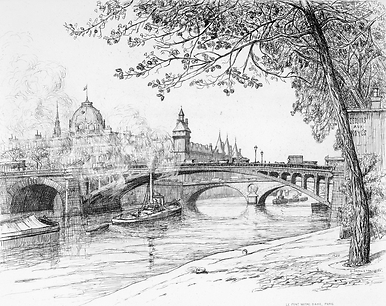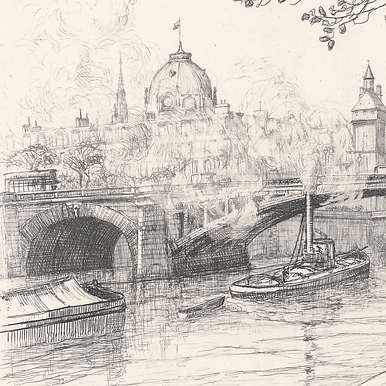Engraving Propagazione - Giuseppe Penone 2009
KM011430
Since 1989, the Louvre Museum and the Réunion des Musées Nationaux have commissioned contemporary artists to produce engraved boards for the Chalcographie, which guarantees the exclusivity of the draw, without limiting the number of events.
The fingerprint placed at the center of the print, Penone's...
Read more
Since 1989, the Louvre Museum and the Réunion des Musées Nationaux have commissioned contemporary artists to produce engraved boards for the Chalcographie, which guarantees the exclusivity of the draw, without limiting the number of events.
The fingerprint placed at the center of the print, Penone's thumb is the anchor point where the lines in circumference begin. Like a spiral, the lines begin at the heart of the finger and develop all around. Like tree rings calculating the age of trees, they tend to question time and identity. Other more accentuated lines converge at this point and accentuate the vortex movement. This test is part of the logic of all his work focused on the relationship to nature.
An Italian sculptor influenced by Minimalism and the works of Donald Judd and Robert Morris during his artistic training, Giuseppe Penone evolved on the bangs of the Arte Povera artistic movement, working in particular with simple materials such as wood and stone. In his work, he pays particular attention to the sensitive and spiritual relationship between man and nature, notably through the motifs of trace and imprint. This approach explains Penone's fascination with wood, "a material formed by a living being that memorizes in its structure the form of its life." The print Propagazione consists of a dense network of very fine etched lines representing the circular rings of a tree trunk, to the center of which the artist has applied his fingerprint. This superimposition illustrates the continuum of life and how the artistic gesture is inscribed in the spirit of matter and nature.
Close
Sold by GrandPalaisRmn

